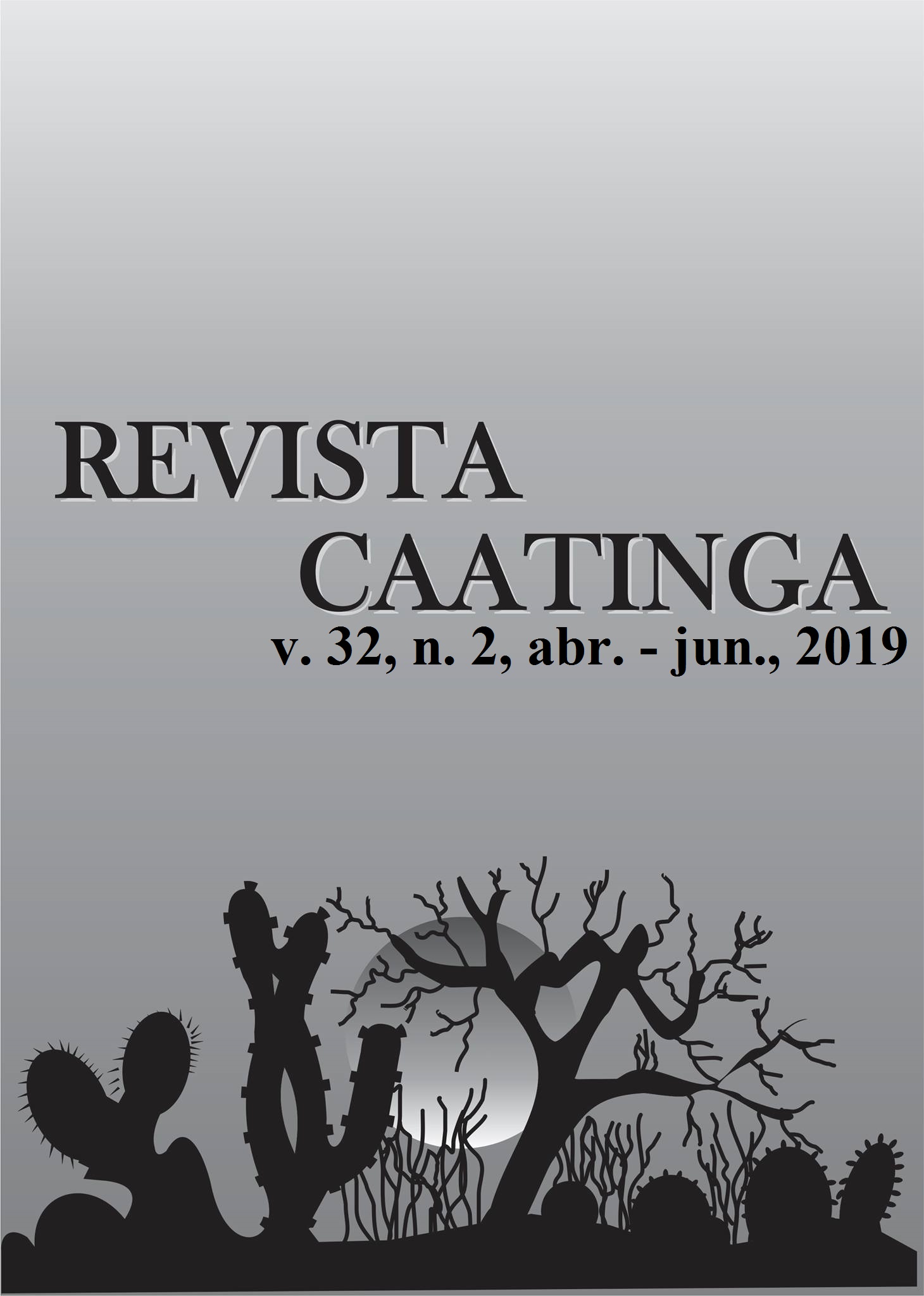PEDOGENESIS ON COASTAL TABLELANDS AREA WITH LOW RANGE ALTIMETRY IN PARAÍBA STATE
DOI:
https://doi.org/10.1590/1983-21252019v32n219rcKeywords:
Podzolization. Barreiras Formation. Kaolinite. Cemented Horizons.Abstract
Small variations of relief may change drainage and runoff and hence promote the formation of sandy surface horizons and hardened subsurface horizons (fragipans and/or duripans) in Coastal Tablelands soils. This study aimed to investigate the pedogenesis on Coastal Tablelands area with low range altimetry in Paraíba state; secondly, we also sought to contribute to the improvement of the Brazilian Soil Classification System (BSCS). Four soil profiles ware described and collected to be submitted to routine physical and chemical analysis, determination of Fe, Al and Si extracted by sulfuric acid digestion, sodium citrate-bicarbonate-dithionite and acid ammonium oxalate, sodium pyrophosphate, and mineralogical analysis in the sand and clay fractions by X-ray diffractometry. Optical density of the oxalate extract (ODOE) was also determined; the results were statistically evaluated using the R software. Microrelief variations conditioning differentiated water flows, along with the sandy texture of the surface horizons (A and E) and the lower coarse sand/fine sand ratio in the subsurface horizon, seem to promote clay accumulation in depth in the Spodosols developed on Coastal Tablelands environments. For this soils, the argilluvic (argissólico) character at the subgroup level of the BSCS should be incorporated. In addition, Al amorphous mineral phases and/or poorly crystalline play an important role in the formation of strongly cemented horizons (duripans) of the Spodosols, as also reported by other authors. Finally, the ODOE showed to be an efficient indicator of soils under podzolization process, being possible its use as a taxonomic criterion for classification of Spodosols by the BSCS.
Downloads
Downloads
Published
Issue
Section
License
Os Autores que publicam na Revista Caatinga concordam com os seguintes termos:
a) Os Autores mantêm os direitos autorais e concedem à revista o direito de primeira publicação, com o trabalho simultaneamente licenciado sob a Licença Creative Commons do tipo atribuição CC-BY, para todo o conteúdo do periódico, exceto onde estiver identificado, que permite o compartilhamento do trabalho com reconhecimento da autoria e publicação inicial nesta revista, sem fins comerciais.
b) Os Autores têm autorização para distribuição não-exclusiva da versão do trabalho publicada nesta revista (ex.: publicar em repositório institucional ou como capítulo de livro), com reconhecimento de autoria e publicação inicial nesta revista.
c) Os Autores têm permissão e são estimulados a publicar e distribuir seu trabalho online (ex.: em repositórios institucionais ou na sua página pessoal) a qualquer ponto antes ou durante o processo editorial, já que isso pode gerar alterações produtivas, bem como aumentar o impacto e a citação do trabalho publicado (Veja O Efeito do Acesso Livre).







